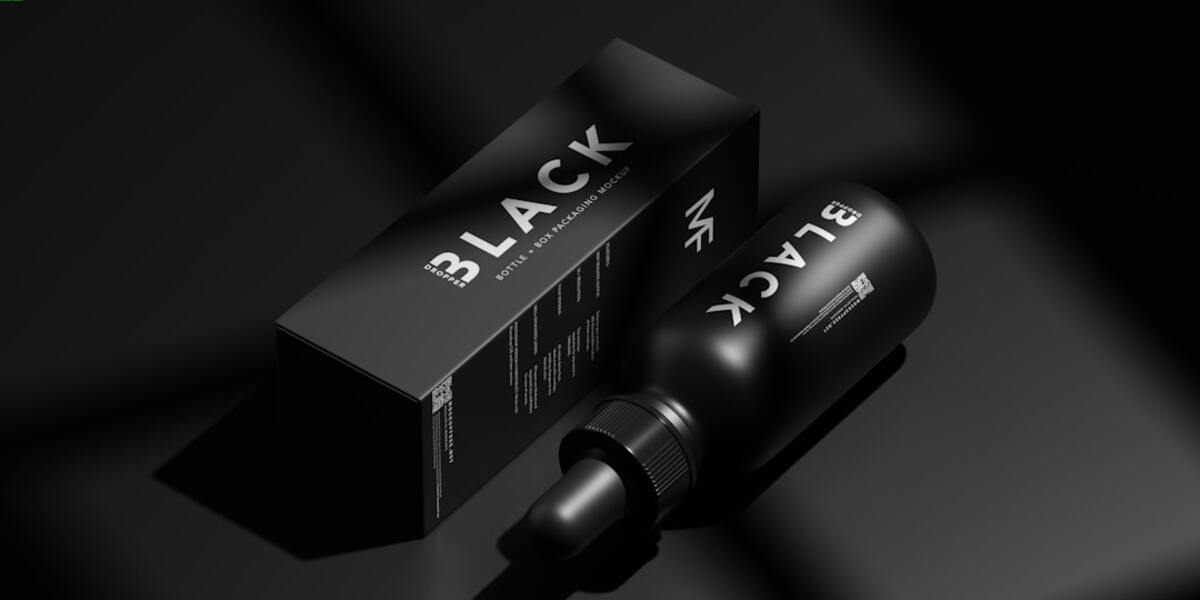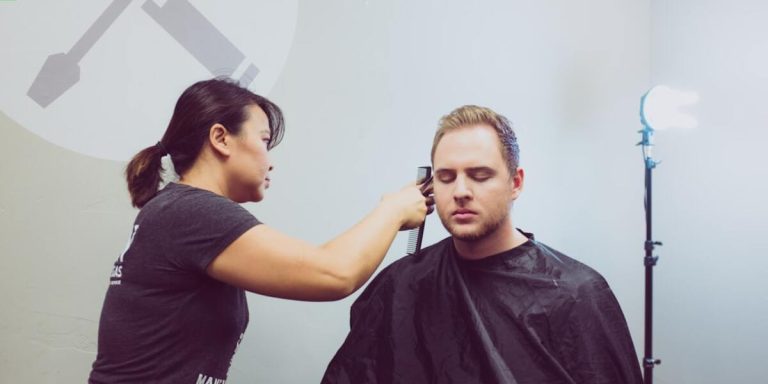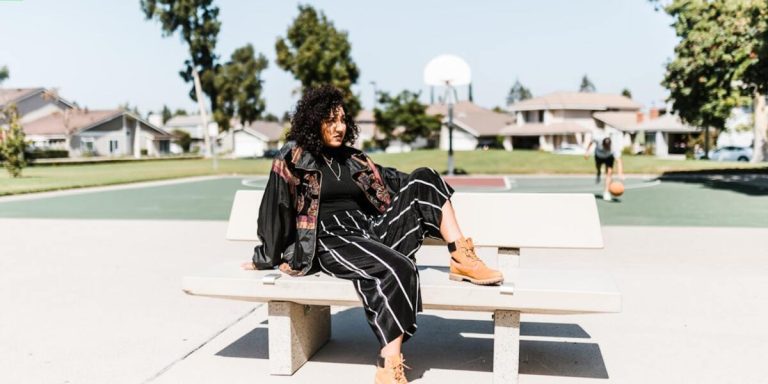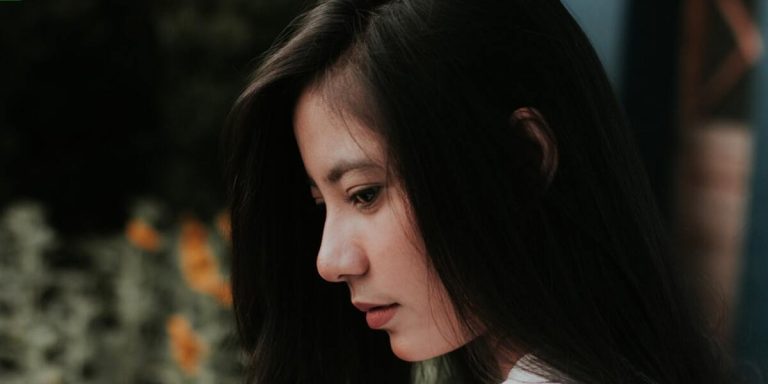How to Care for Afro Hair: A Comprehensive Guide
Care for Afro hair by acquiring knowledge, exercising patience, and employing the right techniques. It’s essential to understand Afro hair care because its unique texture makes it particularly delicate. Since natural oils do not coat the strands sufficiently, they become prone to dryness and breakage without proper handling.
This comprehensive guide explores everything you need look out for when maintaining Afro hair. We delve into various aspects such as washing methods, choosing suitable products, styling tricks and more all aimed at helping you manage your curls better while promoting healthier growth.
Did you know?
Contrary to popular belief, Afro hair isn’t inherently strong. It’s actually quite fragile due to its tight coil structure that prevents natural oils from evenly distributing along the hair strand, making it more susceptible to breakage and dryness.
Understanding Afro Hair: Characteristics and Special Needs
Afro hair requires specific care and handling due to its unique structure. Its dense coiled strands create a springy texture, which provides impressive volume and versatility with the right styling. It has a one-of-a-kind beauty.
However, the distinctive curl pattern of afro-textured hair can lead to dryness because natural oils from the scalp struggle to reach the ends of each strand.
Understand how your Afro-American locks react under different conditions to take better care of them. Humidity affects most types of curls, but it particularly influences afro-textured hair, impacting the maintenance of moisture balance for healthier growth. Therefore, integrating hydrating products into their routine is essential.
In 2023, climate change factors like increased heat levels and extreme weather variations challenge people with Afro-hair types globally. These challenges involve hydration retention issues and product formulation changes. People must mitigate these environmental stresses as part of their regular grooming habits and healthy lifestyle choices. These practices strengthen the resilience of this wonderful asset, an inherent expression of cultural identity.
The Unique Structure of Afro-Textured Hair
Afro-textured hair, often referred to as ‘natural’, has a unique structure that demands specific attention and care. This distinctive hair texture is known for its tight curls or kinks which can lead to fragility if not properly managed.
Afro-textured hair’s uniqueness stems from its oval-shaped follicles, which produce spiral-like strands that are prone to dryness. The natural oils the scalp produces struggle to travel down these coiled structures, unlike in straighter textures with round follicles.
To care for afro hair properly, recognize that hydration is essential. Afro hair often tends toward dryness, making moisturization a key priority. Ensure to incorporate water-based products and seal them in with oil-rich conditioners to lock in moisture where it’s most needed.
Minimize damage to Afro-textured hair by:
- Using gentle detangling practices with wide-toothed combs or fingers instead of brushes.
- Incorporating proper conditioning after washing to strengthen the hair.
Why Moisture Retention is Vital for Healthy Afro Hair
Moisture retention is the golden key when it comes to unlocking a world of healthy, strong Afro hair. It’s crucial in understanding how to care for afro hair effectively because natural moisture levels directly impact everything from elasticity and shine right down to growth rate.
Afro-textured hair has unique attributes that necessitate special care. The tightly coiled structure creates more points of potential breakage than other types, making your curls or kinks highly susceptible to dryness and damage.
Retaining moisture not only combats this susceptibility but also activates the many joys of having Afro hair—think full-on volume stay-in-place styles with radiant glows bursting out all over!
Hydrating our locks on a regular basis makes them pliable – they become easier both to handle during maintenance tasks like detangling and styling as well as being far less prone towards snapping off halfway through these processes due its enhanced strength capacity from retained hydration.
What does this mean for you? Beyond simply remembering to drink enough fluids, you can implement specific strategies into your routines designed to preserve the liquid assets within our heads.
Essential Routine Practices for Afro Hair Care
Adopt specific routines and techniques on your unique journey to care for afro hair. Always hydrate your coils consistently, as afro hair naturally tends towards dryness. Incorporate generous amounts of liquid-based products such as leave-in conditioners and hydrating masks into your regimen to combat this issue.
Another pivotal part of an effective afro hair care routine revolves around regular detangling sessions. Given their natural tight curls, strands can easily intertwine with one another leading up-to knots or tangles if not addressed promptly through careful combing or finger-detangling practices.
Incorporate protective styles to further shield your precious locks. These styles, like braids, twists, and buns, reduce manipulation-induced damage and promote growth. They are particularly vital when protecting your hair from daily harsh elements such as increasing UV rays due to higher global temperatures.
In conclusion, achieving healthy luscious afro-textured tresses is well within reach given proper adherence to these essential caring steps mentioned above: maintaining moisture levels proactively untwisting potential knot nightmares regularly plus integrating protecting strategies throughout.
Cleansing Regimens that Promote Scalp Health
Keeping a clean and healthy scalp is paramount to maintaining afro hair. Understanding how to care for afro hair starts with establishing effective cleansing regimens that enhance the health of your scalp.
Afro-textured hair often requires special attention due to its unique structure. The natural oils produced by the sebaceous glands have trouble reaching from the root down through the shaft of coiled or curly strands, causing dryness.
Maximize nutrition delivery and minimize harm by considering pre-shampoo treatments, or ‘pre-poos.’ Common concoctions include:
- Conditioning masks with raw honey and extra virgin olive oil
- Avocado purée for an ultra-moisturizing effect
These combinations, packed with vitamins and essential fatty acids, nourish the roots and promote better growth rates.
Protective Styling to Minimize Breakage and Retain Length
Protective styling is a tried and tested method that plays an essential role when thinking about how to care for afro hair. This technique, especially relevant in 2023 with the increasing trend of natural hairstyles, aids crucially in minimizing breakage and retaining length.
First, select suitable protective style options: buns, braids, Havana twists, or cornrows. Each hairstyle has unique benefits. Buns keep ends tucked away to reduce tangles. Braids and similar styles offer low manipulation to help prevent stress on fragile strands.
Utilizing good quality synthetic or human hair extensions with these styles can provide added protection. The extension acts as a barrier between your natural hair and harsh environmental factors such as heat, humidity, cold weather etc., shielding against potential damage.
One point to note here: Avoid overly tight hairstyles! It may offer longer-lasting results but at what cost? Tightly pulled back hairs lead to increased tension put onto roots leading to traction alopecia – something you want to steer clear of!
Advanced Strategies for Maintaining Strong, Vibrant Afro Locks
Maintain strong, vibrant Afro locks to celebrate health and cultural heritage. In 2023, the care for Afro hair has evolved into an art form, with numerous techniques and products designed specifically for its unique structure. Today we’ll discuss advanced strategies that will help you maintain those beautiful coils.
Secondly, adopt low manipulation hairstyles which reduce stress upon strands thereby preventing breakage – something African-textured hairs are prone to due sports high porosity along with naturally dry state. Further shielding against harsh environmental conditions becomes vital too.
Ultimately, remember patience plays significant role when dealing dream curls because they need time grow their healthy best! The trend isn’t simply having “good” but embracing what’s authentically yours starting right at scalp working harmoniously way down every kink curl coil.
Deep Conditioning Treatments to Nourish from Within
Deep conditioning treatments stand as an essential pillar of a solid hair care regimen, particularly when it’s about ‘how to care for afro hair.’ Here in 2023, there are many advanced strategies available that can make your journey towards maintaining strong and vibrant Afro locks more comfortable.
Dive straight into the subject matter. Implement these deep-conditioning methods to nourish your strands from within:
Firstly, moisturize with protein-based treatments. Protein treatments repair damage by filling gaps in the hair shaft, which provides strength and elasticity. Choose conditioners labeled “repair,” “strengthen,” or any products specifying keratin – nature’s high-protein remedy for damaged hair.
Apply a hot oil treatment to revitalize dry or brittle curls every few weeks by following these steps:
- Warm up natural oils like coconut or olive oil lightly, making sure they’re not too hot.
- Massage the oils onto your scalp and work downwards through your tresses.
- Put on a shower cap.
- Allow the treatment to soak in for 15-20 minutes.
- Rinse thoroughly with warm water.
Thirdly and importantly: Don’t skimp on hydration-specific blends designed explicitly for curly textures. These products contain humectants – substances that attract moisture from the environment directly into each strand of ‘afro’ styled glory!
The Role of Trims in Preventing Split Ends and Encouraging Growth
Trimming your afro locks play a crucial role in preventing split ends and boosting hair growth. Understanding how to care for afro hair ensures you get vibrant, healthy tresses that turn heads everywhere.
One of the main reasons trimming is important when dealing with Afro-textured hair is its susceptibility to breakage from dryness and knots. Trimming off those frayed or uneven tips reduces chances of further splitting which leads up the shaft causing more damage.
Furthermore, it’s essential to embrace trims instead of fearing them. Despite common beliefs, regular trims don’t stunt hair growth; they actually encourage it! Here are the reasons:
1. Healthier Hair: By eliminating damaged ends routinely, your overall hair health improves significantly. The bounce-back quality will be evident as breaks are reduced.
2. Improved Appearance: Regular trimmings can enhance your appearance by adding volume and ensuring even length across all sections of your head—a highly desired feature in an attractive afro look.
4.Better Product Penetration : When split hairs are removed , moisture retaining products have easier access penetrating deeper thus getting maximum benefits .
Conclusion
Here’s your comprehensive guide to caring for Afro hair, packed with tips and tricks to:
- Promote healthy growth
- Keep your curls lively and vital
With patience, consistency, and a willingness to learn about your unique texture, you’ll find that embracing the natural beauty of Afro hair is an empowering journey rather than a daunting task.
We hope you found this article helpful in learning how to care for afro-textured hair with the gentleness it requires. Remember that each curl pattern is unique to you – so take your time discovering the routines that work wonders for your hair.
Remember, our website is overflowing with insightful content focusing on ‘Hair Care & Maintenance‘. Keep exploring our site, where we have a wealth of curated advice ready for everything related to beautiful locks!







